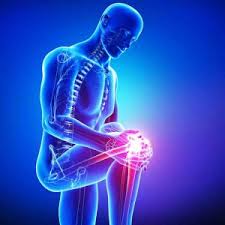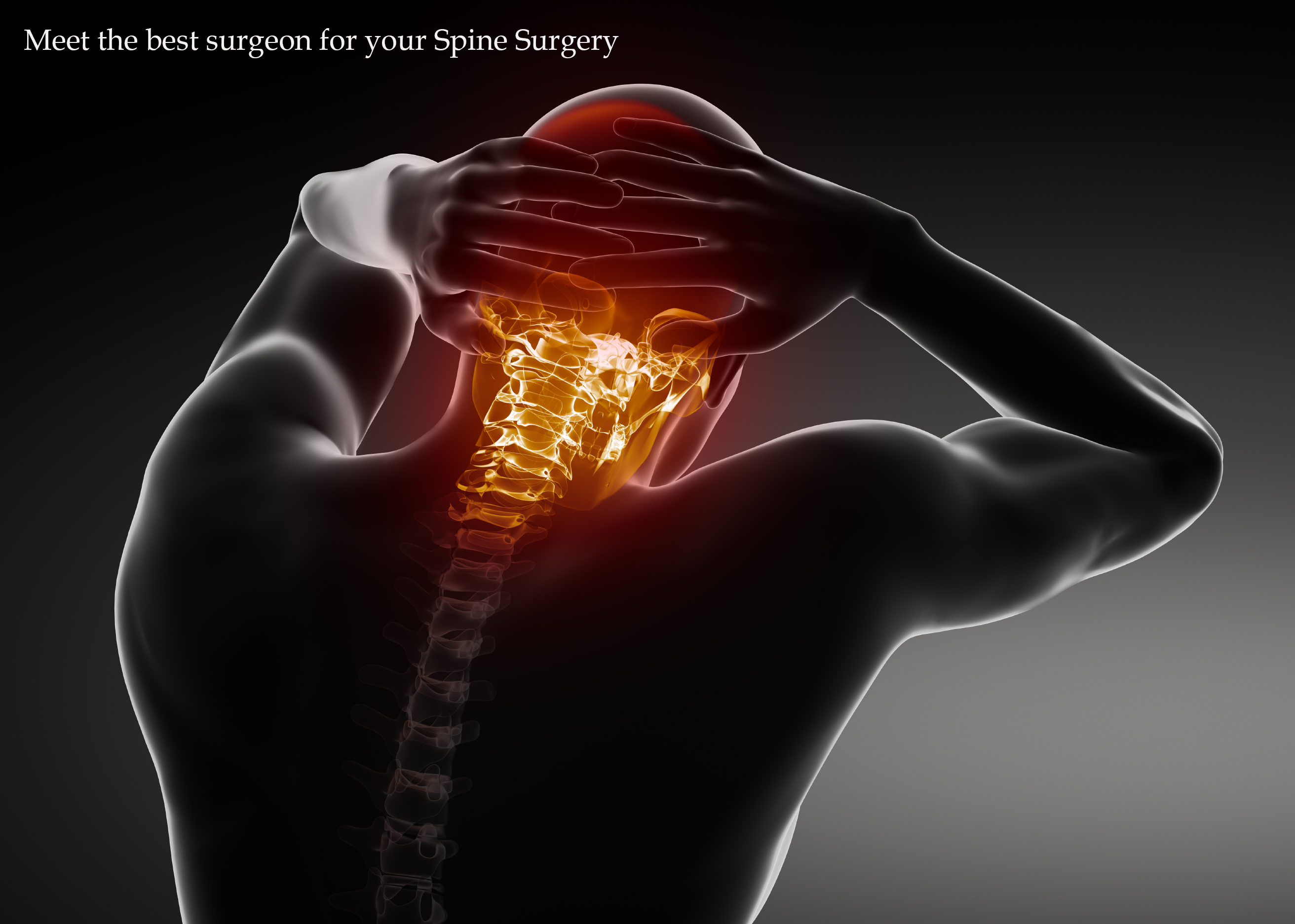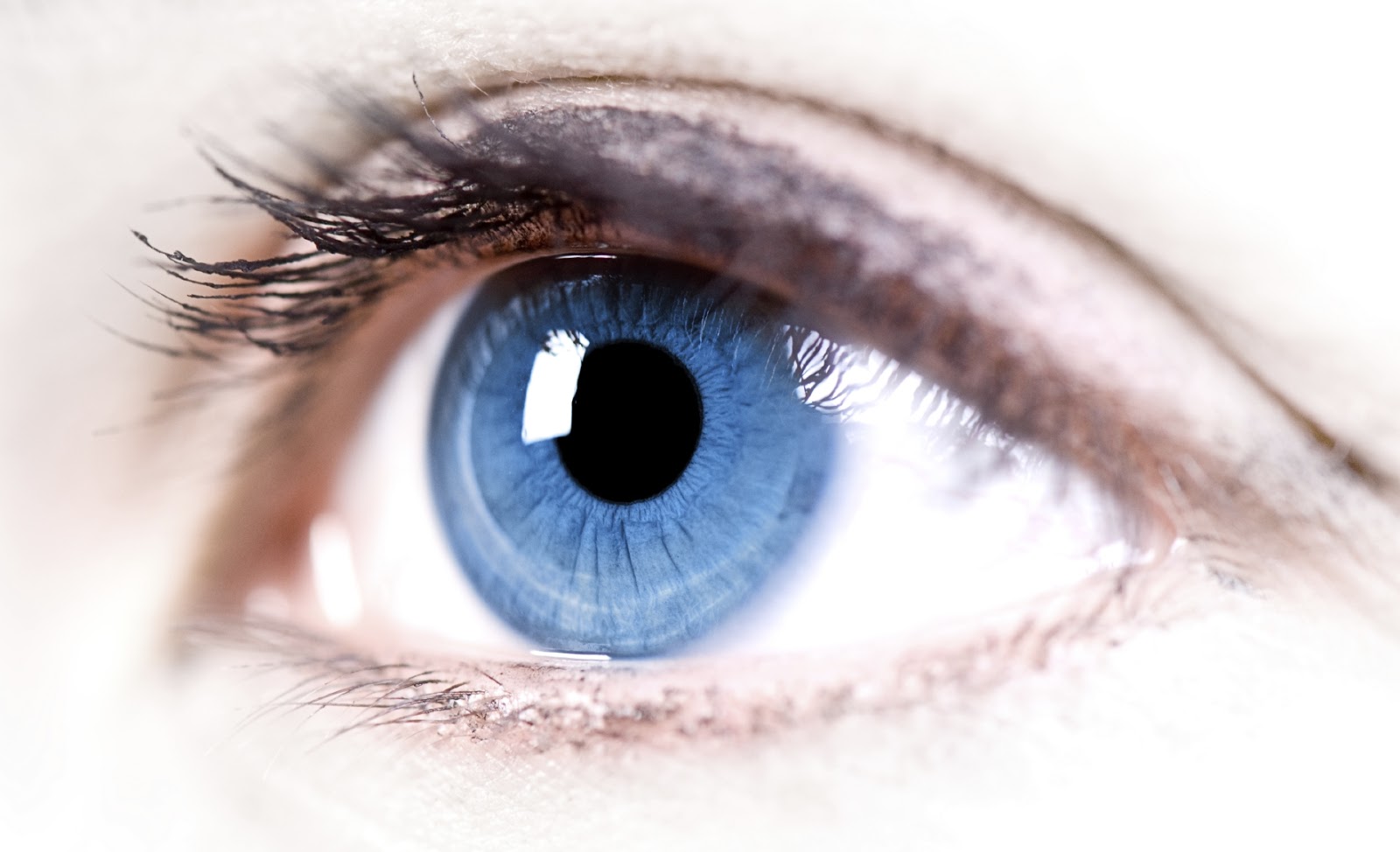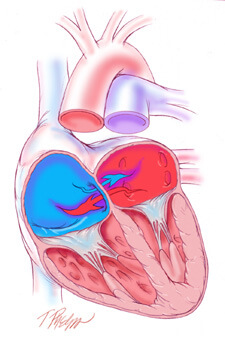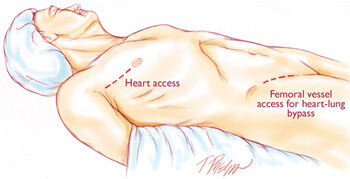What is Idiopathic Thrombocytopenic Purpura (ITP)?
Idiopathic thrombocytopenic purpura (ITP) is a platelet disorder that occurs in people who have an abnormally low number of platelets in the blood. Platelets are essential in forming blood clots, which consist of a mass of fibers and blood cells. Platelets travel to a damaged or cut area of the body and stick together to form a clot. Having fewer platelets can result in easy bruising, bleeding gums and internal bleeding.
Idiopathic means the cause is unknown.
Thrombocytopenia means a decreased number of platelets in the blood.
Purpura refers to the purple discoloring of the skin, as with a bruise.
Acute thrombocytopenic purpura is most commonly seen in young children (2 to 6 years old). The symptoms may follow a viral illness, such as chicken pox. Acute ITP usually has a very sudden onset, and the symptoms usually disappear in less than six months (often within a few weeks). The disorder usually does not recur. Acute ITP is the most common form of the disorder.
Chronic thrombocytopenic purpura can happen at any age, and the symptoms can last a minimum of six months or several years. It is more common in adults than in children, but it does affect adolescents. Two to three times more females have ITP than males. Chronic ITP can recur often and requires continual follow-up care with a hematologist.
What are the causes of ITP?
In most cases, the cause of ITP is unknown. It is not contagious, meaning a child cannot “catch it” from playing with another child with ITP. It also is important to know that nothing the parents or the child did caused the disorder.
Often, the child may have had a virus or viral infection approximately three weeks before developing ITP. It is believed that the body’s immune system, when making antibodies to fight against a virus, “accidentally” also made an antibody that can stick to the platelet cells. The body recognizes any cells with antibodies as foreign cells and destroys them. Doctors think that in people who have ITP, platelets are being destroyed because they have antibodies. That is why ITP is also referred to as immune thrombocytopenic purpura.
Although there has been research looking at whether certain medications can cause ITP, no direct link has been made with any specific medication that may cause ITP.
What are the symptoms of ITP?
A normal platelet count is 150,000 to 450,000. With ITP, the platelet count is less than 100,000. By the time significant bleeding occurs, the child may have a platelet count of less than 10,000. The lower the platelet count, the greater the risk of bleeding.
Because platelets help stop bleeding, the symptoms of ITP are related to increased bleeding. However, each child may experience symptoms differently. Symptoms can include:
- Purpura, which is the purple color of the skin after blood has “leaked” under it.
- A bruise is blood under the skin.
- Children with ITP can have large bruises from no known trauma. Bruises can appear at the joints of elbows Petechia, which are tiny red dots under the skin caused by very small bleeds.
- Nosebleeds.
- Bleeding in the mouth and/or in and around the gums.
- Blood in the vomit, urine or stool.
- Bleeding in the head, which is the most dangerous symptom of ITP.
Any head trauma that occurs when there are not enough platelets to stop the bleeding can be life-threatening.
The symptoms of ITP can resemble other blood disorders or medical problems. Always consult your child’s physician for a diagnosis.
How is ITP diagnosed?
In addition to a complete medical history and physical examination, diagnostic procedures for ITP can include:
Complete blood count (CBC), which is a measurement of size, number, and maturity of different blood cells in a specific volume of blood.
Additional blood and urine tests to measure bleeding time and detect possible infections.
Careful review of the child’s medications.
A bone marrow aspiration, which involves taking a small amount of bone marrow fluid, to look at the production of platelets and to rule out that any abnormal cells the marrow may be producing could lower platelet counts.
Treatment
A child’s specific treatment plan, including the frequency of visits, the length of treatment, side effects and long-term effects are determined by the:
Child’s age, overall health, and medical history
Extent of the disease
Child’s tolerance for specific medications, procedures, or therapies
Expectations for the course of the disease
The patient and family’s opinion or preference
Not all children with ITP require treatment. Close monitoring of a child’s platelets and prevention of serious bleeding complications may be the course of action chosen until the body is able to correct the disorder on its own.
When treatment is necessary, the two most common forms of treatment are:
Steroids, which can help prevent bleeding by decreasing the rate of platelet destruction. Steroids, if effective, will increase platelet counts within two to three weeks.
Intravenous gamma globulin (IVGG), a protein that contains many antibodies and also slows the destruction of platelets. It works more quickly than steroids (within 24 to 48 hours).
Other treatments for ITP can include:
Immune globulin, which is a medication that temporarily stops the spleen from destroying platelets. A child must be Rh positive and have a spleen for this medication to be effective.
Medication changes, because when a medication is the suspected cause, stopping the use of or changing the medication may be necessary.
Infection treatment to increase platelet counts, if infection is the cause for ITP.
Splenectomy to remove a child’s spleen if the spleen is the site of platelet destruction. This is considered more often in older children with chronic ITP.
Hormone therapy in teenage girls to stop their menstrual cycle when their platelets are low if excessive bleeding occurs.
Preventing bleeding
Parents of a child with ITP need to be aware of how to prevent injuries and bleeding. Consider the following:
Making the environment as safe as possible for young children by padding a crib, having the child wear a helmet, and providing protective clothing when platelet counts are low.
Restricting contact sports, riding bicycles, and rough play may be necessary.
Avoiding medications that contain aspirin, ibuprofen, naprosen, or other non-steroidal anti-inflammatory drugs because they may interfere with the body’s ability to control bleeding.
Discuss prevention measures with the child’s physician.


